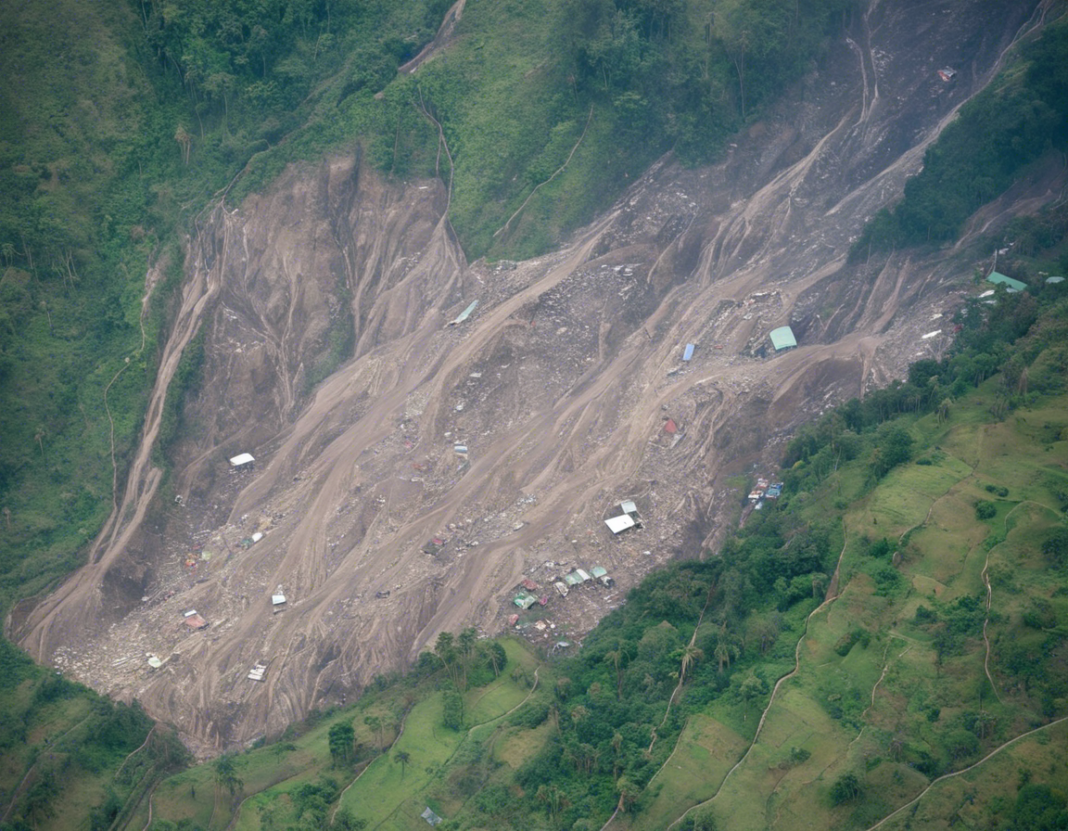In the realm of natural disasters, landslides stand out as one of the most destructive forces of nature, capable of causing significant damage to infrastructure, threatening lives, and disrupting entire communities. In recent times, one such landslide that captured the world’s attention was the Tumbi Landslide in Papua New Guinea.
Understanding Landslides
Landslides are the movement of rock, earth, or debris down a slope. They can be triggered by various factors, including heavy rainfall, earthquakes, volcanic eruptions, and human activities like deforestation or construction. The Tumbi Landslide was a tragic event that occurred in the early hours of January 23, 2012, in the Southern Highlands Province of Papua New Guinea.
The Tragedy of Tumbi Landslide
The Tumbi Landslide was a catastrophic event that claimed the lives of an estimated 60 people and displaced hundreds more. The landslide occurred following days of heavy rainfall, which saturated the soil and destabilized the slope above the village of Tumbi. The sheer force of the landslide buried homes, crops, and people under tons of mud and debris, leaving a trail of devastation in its wake.
Factors Contributing to Landslides
Several factors contributed to the Tumbi Landslide, highlighting the complex nature of such events. Geological conditions, such as the composition of the soil and rocks in the area, can influence the likelihood of landslides. In the case of Tumbi, the presence of loose, unstable soil on a steep slope made the area particularly susceptible to landslides during heavy rainfall.
Human Activities and Environmental Impact
Human activities, including deforestation and improper land use practices, can also increase the risk of landslides. Deforestation, in particular, can disrupt the natural stability of slopes by removing trees and vegetation that help hold the soil in place. In the aftermath of the Tumbi Landslide, efforts were made to assess the environmental impact of the disaster and to implement measures to prevent similar events in the future.
Response and Recovery Efforts
In the wake of the Tumbi Landslide, emergency response teams, local authorities, and international organizations mobilized to provide relief to the affected communities. Search and rescue operations were launched to locate survivors and recover the bodies of those who perished in the landslide. Temporary shelters were set up to accommodate the displaced residents, while medical teams treated the injured and provided healthcare services.
Lessons Learned and Preparedness
The Tumbi Landslide serves as a stark reminder of the destructive power of nature and the importance of disaster preparedness. It highlights the need for comprehensive landslide risk assessment and early warning systems to alert communities at risk. In addition, land use planning and environmental conservation practices play a crucial role in mitigating the impact of landslides and reducing the vulnerability of communities living in high-risk areas.
Frequently Asked Questions (FAQs)
-
What causes landslides?
Landslides can be triggered by heavy rainfall, earthquakes, volcanic eruptions, human activities like deforestation, and unstable geological conditions. -
How can we mitigate the risk of landslides?
Mitigation efforts can include slope stabilization, reforestation, land use planning, early warning systems, and community education on disaster preparedness. -
What should I do if I live in a landslide-prone area?
Residents in landslide-prone areas should stay informed about the risks, have an evacuation plan in place, and heed warnings from local authorities during inclement weather. -
Are landslides more common in certain regions?
Landslides are more common in mountainous regions, areas with steep slopes, and locations susceptible to heavy rainfall or seismic activity. -
How can I support communities affected by landslides?
Individuals can support communities affected by landslides by donating to reputable relief organizations, volunteering with local aid efforts, and raising awareness about landslide risk and preparedness.
As the world grapples with the increasing challenges posed by climate change and environmental degradation, it is crucial to learn from past disasters like the Tumbi Landslide and take proactive measures to build resilient communities and reduce the impact of landslides on vulnerable populations. Through a combination of scientific knowledge, community engagement, and sustainable land management practices, we can work towards a safer and more secure future in the face of natural disasters.

